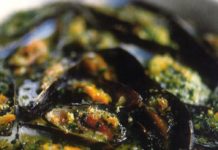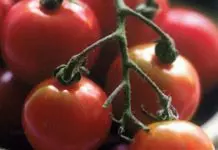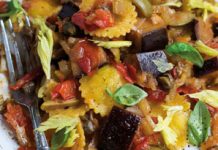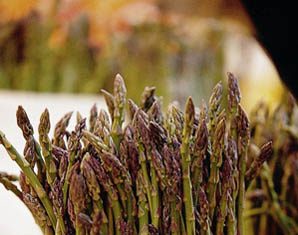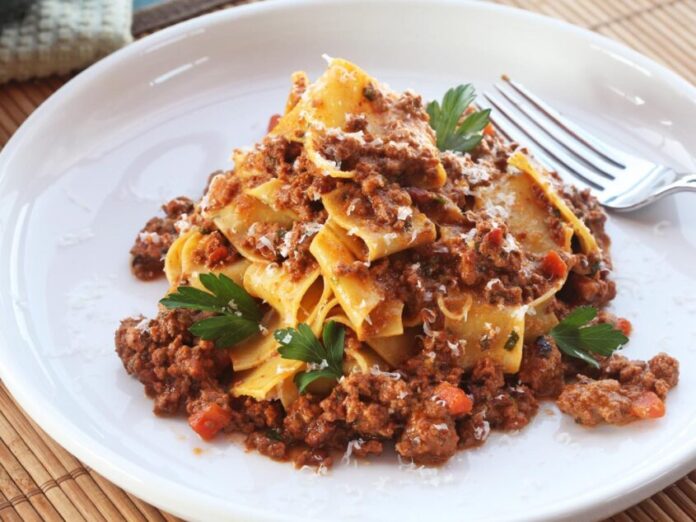
Ragu sauce is traditionally an Italian meat sauce served with pasta and dates back to the 18th century. If you want to conquer the best ragu pasta sauces, check out the classes offered on the CulinaryLabSchool website. In your classes, you will learn various techniques surrounding the world-famous sauce. It is a classic staple in Italian dishes and comes in various forms such as Bolognese, Napoletana, and Barese.
While a long-standing staple in the culinary world, ragu could intimidate beginner level chefs with the sheer amount of recipe options and a long list of seemingly conflicting ingredients. No matter your level of ability, you can improve your modern execution of the old Italian classic through these tips.

Know Which Type of Ragu You Want to Make
Your main dish can help decide your choice in ragu recipes. Bolognese sauce is higher in meat content, in finer-chopped portions, and is traditionally geared for lasagna pasta noodles. Napoletana contains thicker chunks of meat, a higher tomato presence, and herbs; this variant also contains higher amounts of onions or additions such as raisins or pine nuts.
Bolognese tends to contain milk or wine, whereas Napoletana does not. Based on the regions where these variants originated, different ingredients were more readily available than others, such as a longer tomato season of Naples, Italy versus Bologna. Once you establish the flavors you want, finding a suitable recipe becomes much simpler.
Know What Noodles You Want to Pair with Your Ragu
Not limited to the sauce, your ragu meal is not complete without the other aspects of the plate, namely, the noodles. Intentional details to complete your main dish has the power to take your ragu meal to the next level and bring quality to your entire presentation. Spaghetti is one of the most-used kinds of pasta, but for some sauces, the noodle is not ideal nor authentic.
Due to its thick, meaty nature, Bolognese ragu pairs well with thick or tube noodles like Penne or rigatoni. It allows for the noodles to capture the sauce. Traditionally for heavier sauces like ragu, fuller and rounder pasta noodles are used. Whereas for creamier sauces, thinner and smaller noodles are more fitting. While largely overlooked, small and cohesive details will wow your dinner guests even if they can’t put a finger on the ingredients that elevated the pasta dish.
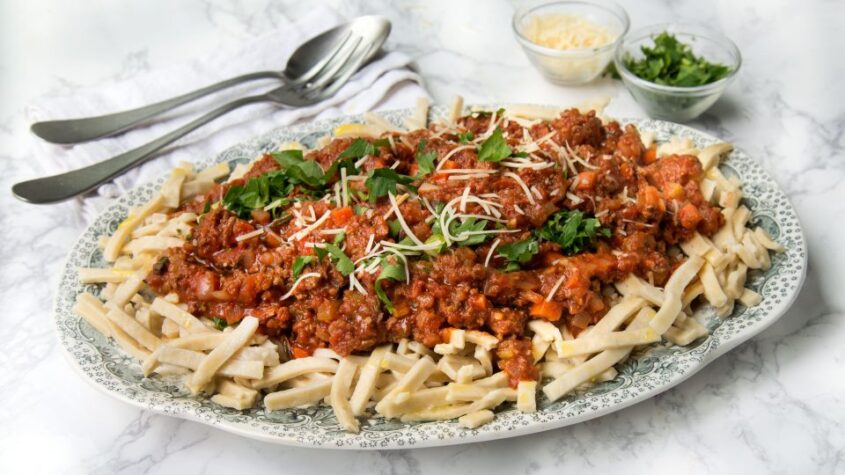
Pair Your Ragu With Complementary Wines
Although ragu can be cooked with wine, additional wine pairing can tie your ragu meal together. Aspects such as the number of tomatoes or the types of incorporated flavors should make uncorking a bottle of wine just as intentional as the prepared portions of your meal.
Barolo and Barbaresco, two of the most famous red Italian wines, pairs well with a Bolognese dish. Originating from the same region that Bolognese ragu, Lambrusco sparkling wine comes in a variety of types that will come alongside your pasta dish. Pinot Noir goes well with tomato-based sauces, so it would be a good choice for your Napoletana plate.
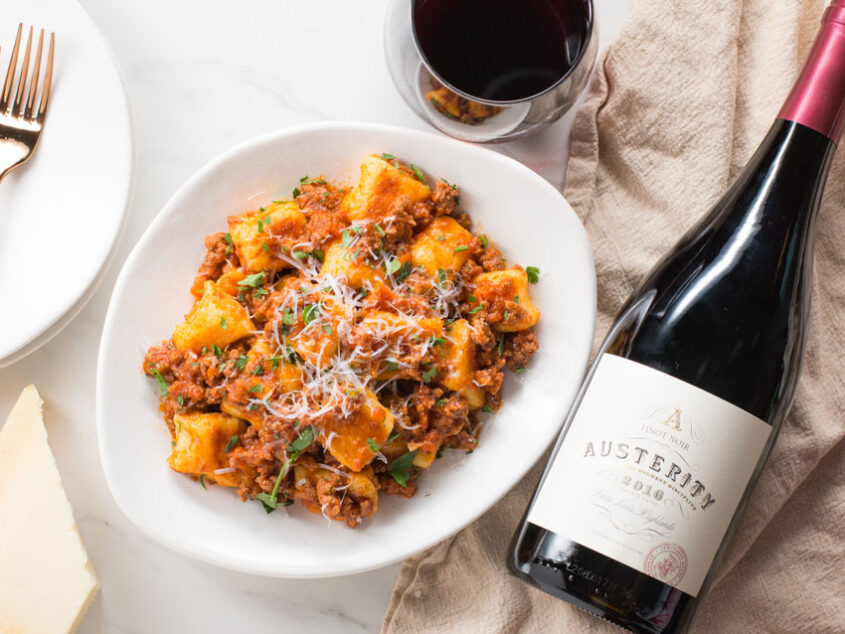
Read Up on Italian Cookbooks
Reading up on your ragu is a great way to know how to prepare the dish. Books such as “The Tuscan Sun Cookbook: Recipes from Our Italian Kitchen” by Edward and Frances Mayes, highlights the subtleties in Italian cooking, the social dynamic behind the dishes, and their family’s specific execution of ragu.
We all might not have access to Italian nonnies to teach us their ragu recipe tricks, but reading traditional Italian cookbooks has its benefits in today’s cooking culture. Online sources, such as tasty.co, can benefit your Italian pasta creation, but knowledge from native Italian chefs’ amps up your ragu through acknowledgment of the country where this dish originated.
Take Culinary Classes at a Reputable Culinary School
Culinary classes are a great way to expand your culinary horizons and to help you get the most out of your ragu recipe. A school such as the Culinary Lab School in Tustin, California allows students to hone their gastronomic skills through learning the best recipes, pairings, and the practice creating a range of dishes in a constructive environment.
The Culinary Lab School offers a variety of programs ranging in the duration, cost, and topic designed to cultivate your culinary knowledge. When learning the nuances of cooking, especially in traditional, well-known recipes, hands-on learning is irreplaceable.
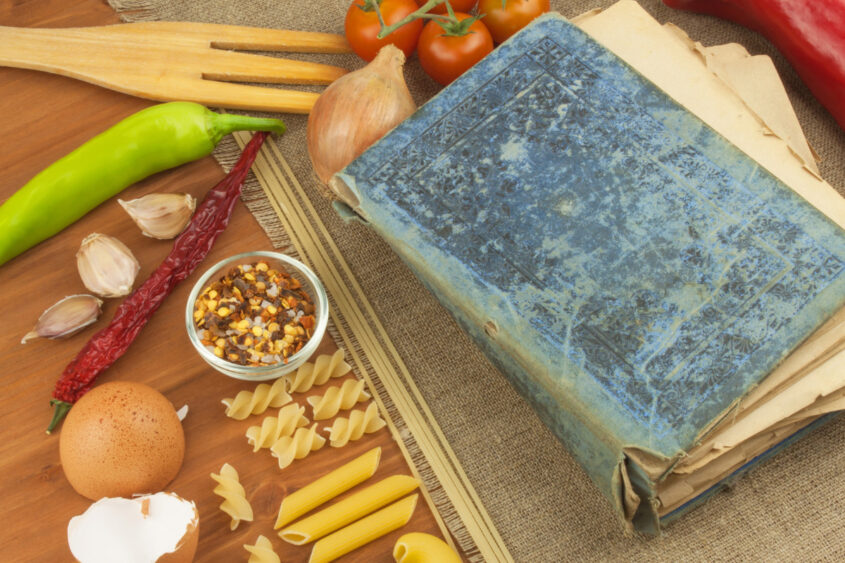
Use Fresh, Wholesome Ingredients
Any chef would agree that the quality of the ingredient vastly affects the outcome of any recipe. While traditionally ragu was limited to the region because of the season of ingredients, such as those tomatoes in the Napoletana style, we today are not as constrained. Using fresh vegetables, high-quality meat, and whole milk basics, your recipe will have a fuller taste with fresh versus canned or processed components
Conclusion
Whether you are making Thursday night dinner for the family or trying to challenge your culinary skills, ragu pasta sauce recipes are a great way to grow in the kitchen. Ragu opens up a world of flavor, noodles, wine, and regional history, that, when executed with thought and intention, illustrates the undertones of Italian culinary artistry.
We Want to Hear From You
What do you think? Is ragu sauce on of your specialties? What tips and tricks do you have to add to our list? Comment below and share your thoughts.

